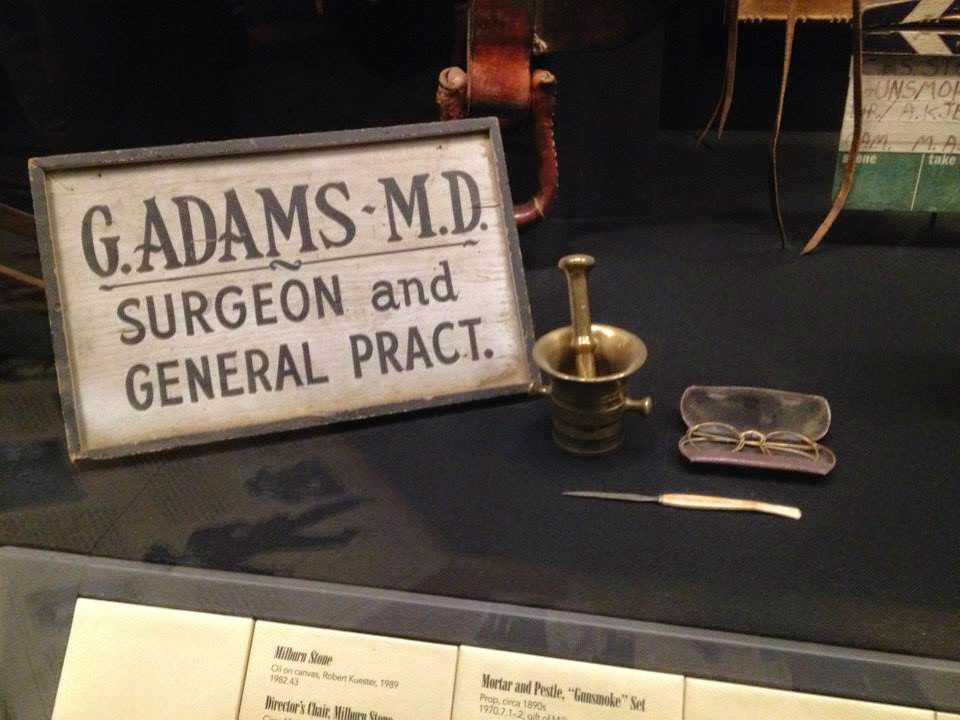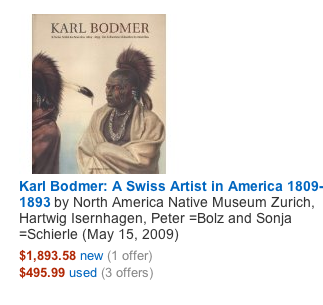I read the back of this album a million times and wore out at least one needle listening to it. The power of his voice was unmistakable. There was always something about it that made it the best listening for me. Then "With a little help from my friends" became the anthem for the television show "The Wonder Years." It was the first time I knew the music before the show, and the subsequent crush on Winnie Cooper further galvanized my relationship with Joe Cocker.
Once I finally made it to the buy your own music portion of my childhood it was scouring the local pawnshop for cassettes and albums and you had to make every dollar count so a double album for the price of one got me Mad Dogs and Englishmen. For full disclosure I hate live albums, but this one was a lot of fun and remains one of the only ones I tolerate, and luckily it was reissued some years ago in CD form. If there is a quintessential Joe Cocker Album, I would say it was that one.
I have listened to this, and other albums most of the day since I read the news this morning. It is not that unusual as I listen to at least one of his songs throughout the day on my playlist at work. There is something about the death of someone like this that leaves a body of work behind that you can still access after they are gone, some people may have photos, some audio, or even short video of loved ones that have passed, but not as easily found as a google or youtube search. So, I have been thinking about that and listening to his music, and reading the multitude of memorials and obituaries from British and American news outlets.
Most if not all will mention if not link to his Woodstock performance, which was the first video of him singing I had ever seen. After watching it, I though he had some kind of brain issue, but later realized that was just him. The John Belushi Saturday Night Live skit captures it perfectly, and has been shared around a good bit today as well.
Even more fun was when this was parodied on Animaniacs in "Woodstock Slappy"(which also had an amazing Abbott and Costello misunderstanding of Who's on stage) The best thing about this is he sings the original line from the Beatles song "Would you throw a tomato at me?" It was Ringo who said, "wait, guys, you know what happens when we sing about [some sort of candy] and the fans all throw it on stage? What happens if we do it this way? So they changed it to "Would you stand up and walk out on me?"
While probably his best known song, it is by far his only one. He had the kind of voice, delivery, timing, that easily made covers his own. In fact there are many songs that I heard Joe's version first and still prefer them to the originals. I don't think I could begin to count my favorites because they vary depending on mood, from fun and uplifting to dark and soul shaking. I have listened to the one above a few times today, but I will end with the one I have listened to the most today after finishing Mad Dogs & Englishmen (and Joe Cock-er!) It is such a well done video to a song that really makes an impression. It is this amalgamation of lyrics and Joe's voice that give his music such power, If you don't feel something after listening to it, or him in general, you may need to rethink your relationship with music. Joe's death should not have had any impact on my life other than a simple death, but somehow it was like the loss of a distant relative who I never got to see and only interacted with by listening to the music he created. It is also interesting how even as trends in music came and went in my life that I always maintained an unrepentant love of Joe Cocker.It is even more interesting that during my lifetime 70 has went from being an appropriate age of death to the announcement today being met with "he was only 70." Far be it from me to sum up his life, work, and contribution to the world, but writing is a way of thinking, and it may be my meager way of saying thanks for all the music.

































.jpg)

.jpg)


.jpg)
.jpg)










